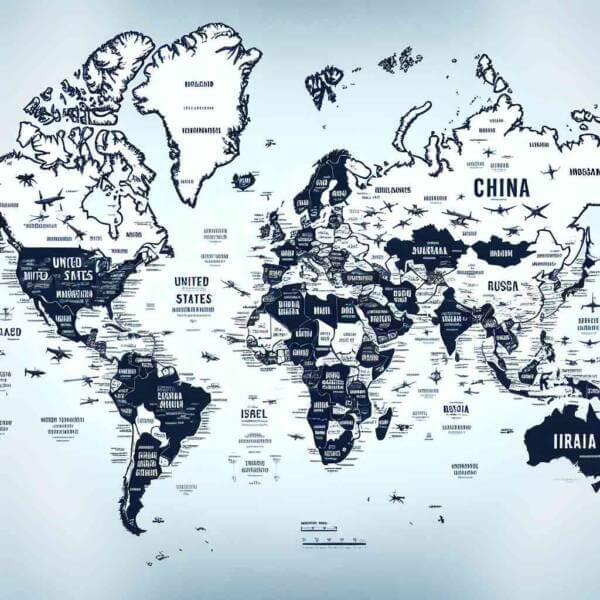Opportunities and Challenges in Military Aviation
Opportunities and Challenges in Military Aviation
Blog Article

Since its beginnings in the early 20th century, military aviation has revolutionized warfare.
Today, military aviation encompasses a wide range of technologies, from fighter jets and bombers to surveillance drones and transport planes.
The Evolution of Military Aviation
As technology advanced, airplanes were adapted for combat, altering battlefield dynamics.
Important events in the evolution of military aviation:
- First use of armed aircraft in combat
- Massive growth in air power
- Emergence of strategic bombers and nuclear deterrence
- Remote operations changing the face of conflict
Each era brought new technologies that redefined military capabilities.
Different Roles of Military Planes
Military aviation includes a variety of aircraft, each designed for specific missions.
Major aircraft classifications:
- Planes built for speed and agility
- Planes that deliver heavy payloads
- Transport aircraft
- Reconnaissance and surveillance drones
Each type plays a critical function in military operations, from striking enemy targets.
Why Control of the Skies Matters
Controlling the skies military aviation protects ground operations.
Strategic advantages of air dominance:
- Reducing enemy effectiveness
- Cutting off enemy resources
- Early warning and real-time data
- Demonstrating power and deterrence
Nations with strong military aviation capabilities can defend their interests more effectively.
Advancements Shaping the Future
Constant research and development open new possibilities for future warfare.
Cutting-edge developments:
- Stealth technology
- Missiles and aircraft traveling at speeds greater than Mach 5
- Autonomous drones
- New forms of aerial weaponry
These advancements increase survivability for air forces worldwide.
Risks and Limitations
Despite technological superiority, military aviation faces significant risks.
Major obstacles to overcome:
- Budget constraints for defense programs
- Rapid technological changes
- Securing digital communications and data
- Ethical concerns with autonomous weapons
Addressing these challenges is necessary for effective defense strategies.
Future of Military Aviation
The future of military aviation promises radical innovations.
Future trends may include:
- Smarter decision-making systems
- Defending assets beyond Earth
- Eco-friendly military aircraft
- Joint defense projects
The next era of military aviation will shape the future of global security.
Conclusion
Its history, present achievements, and future possibilities showcase technological excellence.
As technology continues to evolve, the skies will remain a critical arena where military aviation protects nations.
The future of military aviation is full of potential — and it’s only just beginning. Report this page